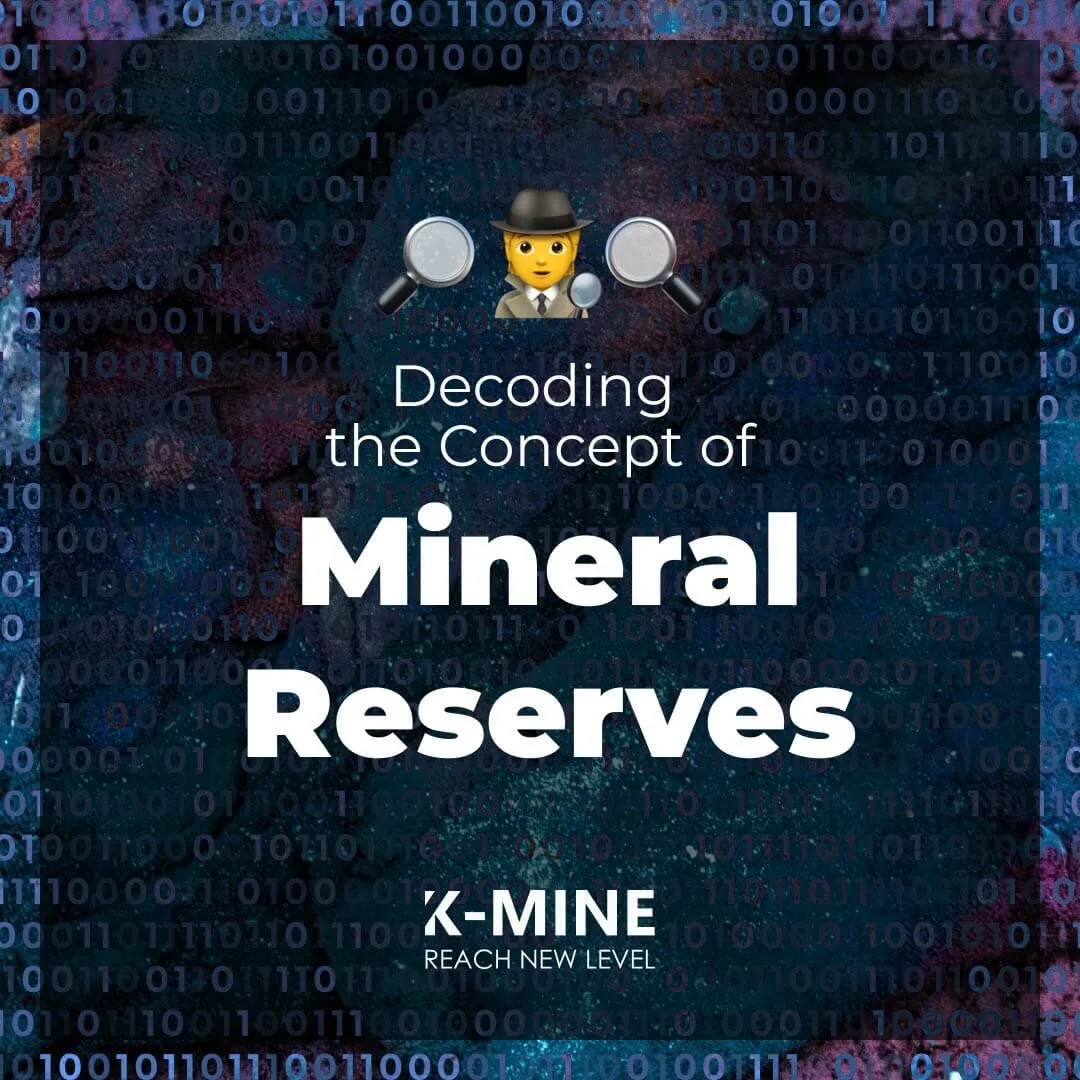 The inception of National Instrument 43-101 (NI 43-101), as governed by the Canadian Securities Administrators (CSA), on February 1, 2001, brought forth a paradigm shift in mineral project disclosures, especially concerning mineral resources and reserves. The vital question, post this legislation, that resonated within the mining community was: when is a reserve truly a reserve? More precisely, when is a mineral deemed “economically mineable”?
The inception of National Instrument 43-101 (NI 43-101), as governed by the Canadian Securities Administrators (CSA), on February 1, 2001, brought forth a paradigm shift in mineral project disclosures, especially concerning mineral resources and reserves. The vital question, post this legislation, that resonated within the mining community was: when is a reserve truly a reserve? More precisely, when is a mineral deemed “economically mineable”?
NI 43-101 mandates Canadian issuers with properties in Canada to report their mineral reserves and resources as per the standards established by the Canadian Institute of Mining, Metallurgy and Petroleum (CIM). As of May 10, 2014, the most recent rendition of this code is in effect. Issuers operating outside of Canada have some latitude and can leverage the Australasian JORC Code or similar, with the stipulation that disparities with the CIM code are highlighted and authenticated by a Qualified Person.
Diving into specifics, the CIM code defines a mineral reserve as the “economically mineable” segment of a confirmed mineral resource. Such classification necessitates the integration of auxiliary factors and deductions, which might arise during the mining phase. It mandates Pre-Feasibility or Feasibility level studies incorporating Modifying Factors. The term “Modifying Factors” encompasses multiple domains, from mining methodologies, processing tactics, infrastructure, and economic evaluations to legal and environmental considerations.
However, NI 43-101 doesn’t delve into intricate methodologies of estimating reserves and resources. Instead, it lays down the foundation of information disclosure. It’s a framework emphasizing transparency over dictating comprehensive procedural nuances. The emphasis rests squarely on the shoulders of the Qualified Person to ensure compliance with accepted industry norms.
To augment clarity, the CIM offers overarching directives concerning its code’s interpretation, albeit retaining flexibility for professionals to apply their judgment. The CIM endorses exhaustive disclosure in Technical Reports concerning mineral exploration, reserves, and resources, backed by best practice guidelines.
In understanding the essence of NI 43-101, the CSA acknowledges that while strict adherence to CIM’s best practices isn’t obligatory, professionals must be in congruence with globally acknowledged standards. Non-conformity could lead to misleading disclosures, invoking potential legal ramifications.
As for determining the “economically mineable” aspect of a mineral, two primary scenarios surface. First, consider a well-established mining venture without looming capital expenditures. Here, the introduction of new reserves prolongs operational viability, extending the capital recovery timeframe. In such cases, any subsequent mineral discoveries necessitate minimal investments, and the demarcation grade for reserves tends to be the grade that covers full production costs.
Contrastingly, for a nascent project demanding hefty investments, the assessment paradigm shifts. Such initiatives must ensure that returns eclipse the inherent costs and associated risks. Typically, businesses employ discounted cash flow (DCF) techniques with a predetermined return threshold, known as the ‘hurdle’ rate.
For such projects, the feasibility study employs the same grade considerations as ongoing operations. But the defining moment is the economic evaluation. If a project, post comprehensive analysis, exhibits returns above the hurdle rate, then the mined segment can be termed a mineral reserve.
However, ambiguities persist, especially when returns are positive but beneath the desired hurdle rate. Should this “mineable” portion be labeled a reserve? Although NI 43-101 remains ambivalent on this matter, a consensus emerges that a project with an IRR below a company’s stipulated threshold shouldn’t carry the ‘reserve’ designation. Variabilities in certain factors can sway economic feasibilities. In some instances, projects deemed sub-optimal for one company might be lucrative for another, given differing capital costs and associated thresholds.
In conclusion, the definition of a mineral reserve, though seemingly straightforward, is laden with economic, strategic, and technical nuances. A holistic understanding, incorporating both technical acumen and economic pragmatism, remains pivotal in this arena. K-MINE, with its vast industry knowledge and expertise, is of the view that discernment and context are critical when navigating these intricacies.



 Back
Back